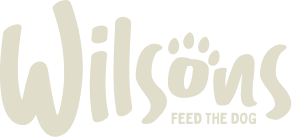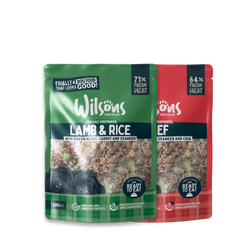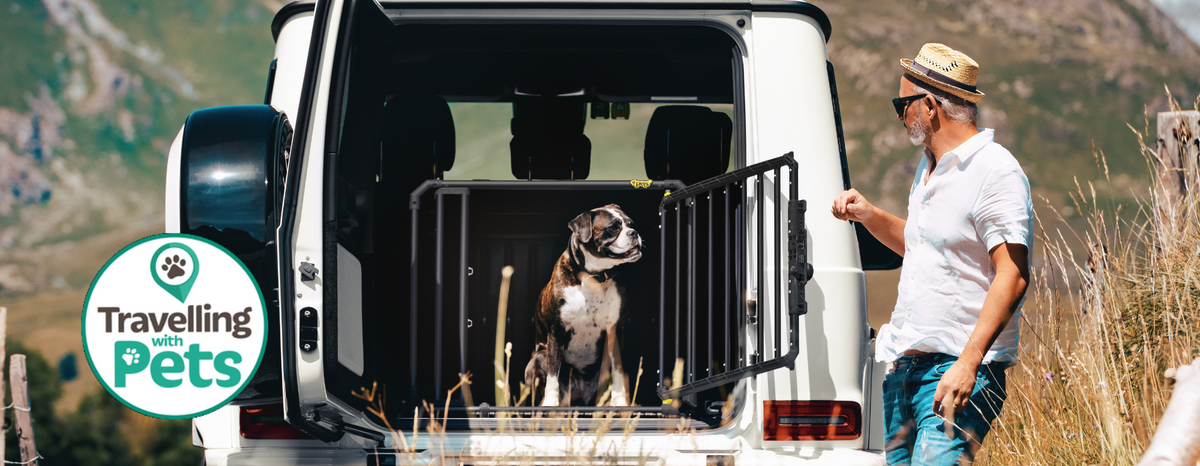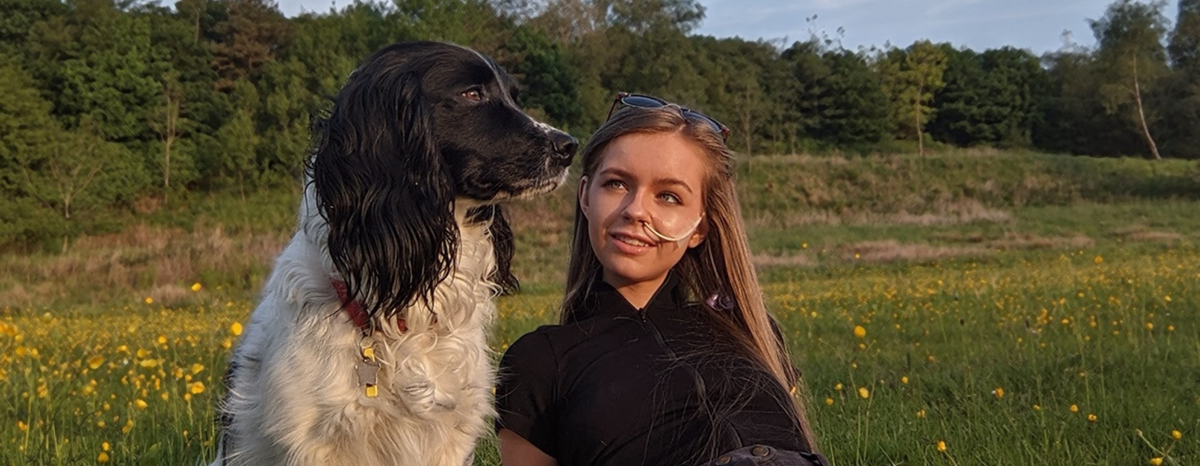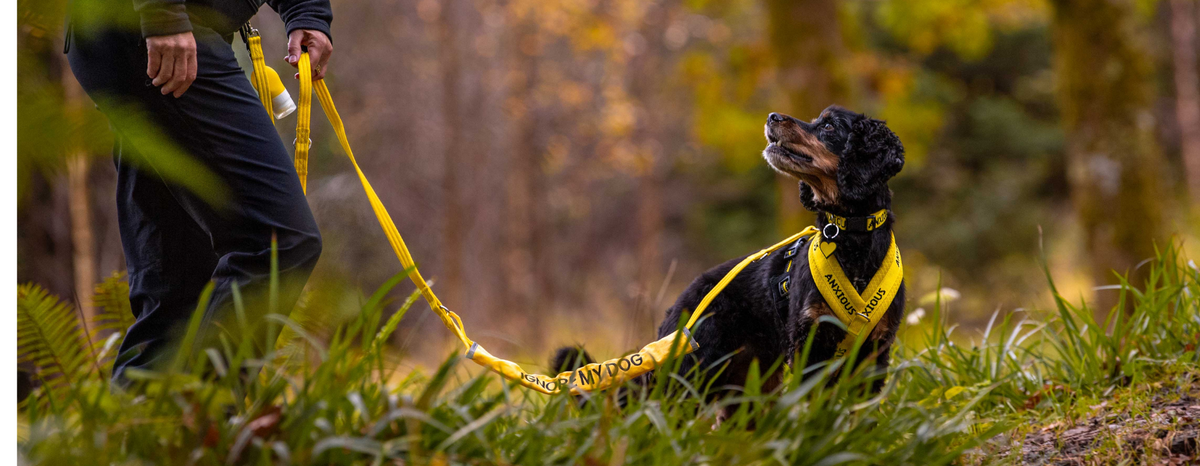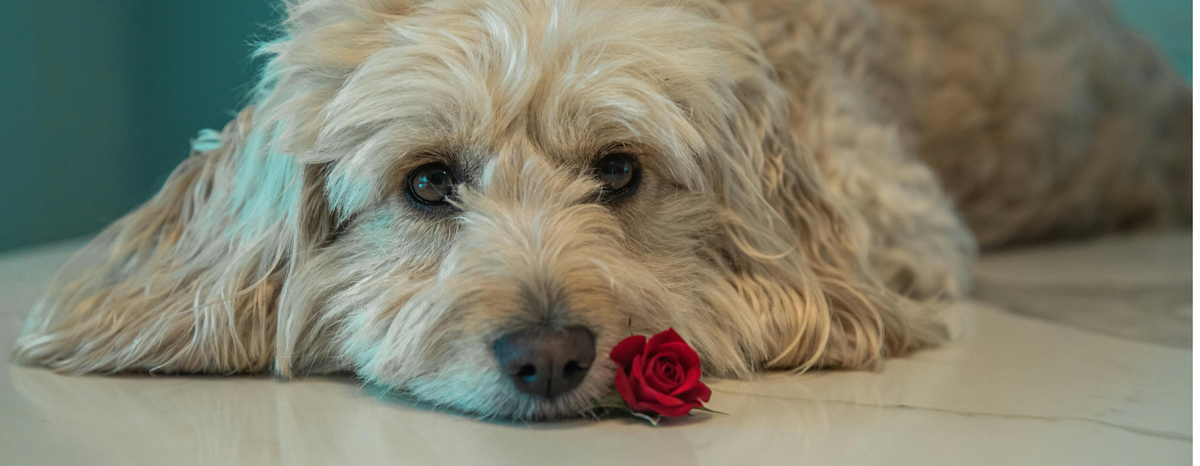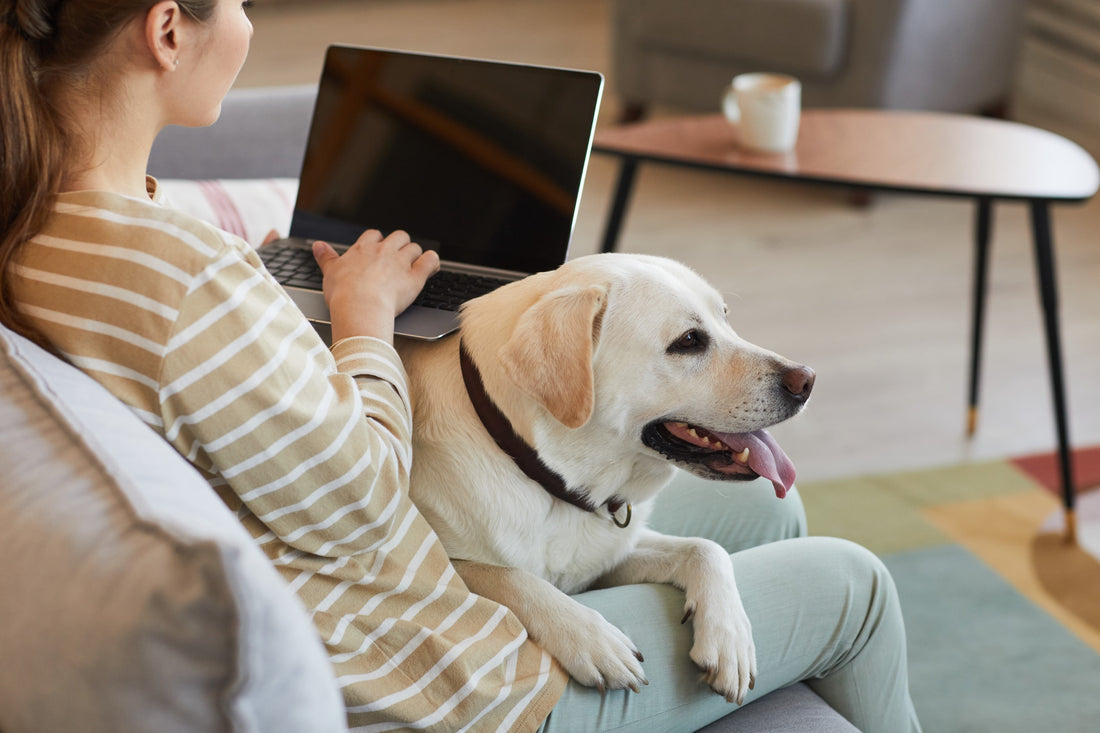
Preventing Separation Anxiety in Dogs When You Return to the Office
WRITTEN BY
Holly Kinmont
Share
The rise of working from home in recent years has meant dog owners spending plenty of quality time with their four legged friends. While lockdowns have already become a distant memory, ‘WFH’ has become an everyday norm for many, with on-demand walks and round-the-clock cuddles available for dogs, cats and kids alike.
But with a large number of employers asking their staff to return to office, and with spiralling energy costs pushing people away from their home offices, more and more workers are finally returning to a pre-pandemic in-office normality.
If you find yourself in this situation, you’ll be aware of how big a transition it can pose to your day to day, but it’s easy to overlook the transition your dog will also go through. Ending 9-5 canine contact can cause a variety of problems, foremost of these being a phenomena known as separation anxiety.
In this blog post we’ll teach you how to spot the signs of separation anxiety, and how to get your dog used to being alone while you’re out of the house for extended periods of time.
Spotting The Signs Of Separation Anxiety

Dogs are social animals. They need frequent and regular social interaction, and too much time spent alone can have them climbing the walls, sometimes literally. If they’re not used to being alone, dogs can become distressed and anxious, resulting in a set of behaviours known as separation anxiety. Not all dogs are susceptible, and much like humans, some dogs are more solitary, while others need near constant stimulation. So before you do return to working from the office, it’s important to spot the signs that signal they need some extra support.
On a day you’re out of the house for a prolonged period, whether it’s for work or a social gathering, watch your dog’s behaviour closely when you return home, and note whether they’re experiencing any of the following:
- A sudden increase in noisy behaviour, with excessive barking and howling.
- Chewing furniture and other destructive activities.
- Unexplained defecation and urination indoors.
- An increase in pacing, panting and other restless behaviour.
If you see any of these behaviours present in your dog, they are likely experiencing separation anxiety, and you’ll need to take extra steps to support them as you transition back into working from the office. We’ll show you how next.
Preparing Your Dog For The Transition
As soon as you know when you’ll be returning to the office, it’s important to lay the groundwork early. The sooner you get your dog ready for the transition, the easier it will be when it finally happens.
Start with your daily routine. Working from home often comes with flexible working hours, but working from the office again will likely mean a regular working pattern, and as a result a regular time for bed, as well as a regular time for getting up each day. Implement this sleeping pattern well before you need to do it for real, as your dog will need time to adjust, especially if they’re currently used to waking up or being fed whenever they feel like it.

The same goes for their walks. If their walks are currently on demand, they’ll likely be frustrated as soon as you start taking them for a regular morning and evening walk. Again, plan times to take them on walks everyday, and stick to it.
Now it’s time to get them used to being alone. Start small, but again, keep it regular. Choose a time everyday to head out for a walk, without your dog. Start adding more of these outings to your routine, with a daily trip for lunch, and eventually a few hours each day spent working from a coffee shop or other location. Keep it little and often to begin with and progressively extend the time you spend out of the house as you edge closer towards your return to office. Gradually your canine friend will become more and more used to spending the day on their own.
If you really can't stand leaving your dog alone all day, you could ease the transition by heading home during lunch (if you live nearby) to take them for a quick walk to break up the day. Or even bring your dog to work. If your employer accepts pooches round the place, your dog could become a very popular presence in the office.
If either of these are too impractical, consider investing in a dog walker or minder. Search your local classifieds and you’ll likely find multiple people who offer such a service. You may also find a family member or friend who’d happily look after your dog while you’re out for the day, whether it’s a walk at lunchtime or for a few hours before you return home.
When The Time To Return Arrives

The big day is finally here. You’ve done all you can to get them ready, but you’ll likely still feel nervous about leaving your dog home alone.
If you are feeling that way, it’s best not to show it. Stay calm on your first morning departure, and don’t give your dog too much attention. It’s all too easy to give into their big eyes or floppy ears and give them a cuddle before you leave. Just a brief pat on the head should be enough to bid them farewell for the day. This will keep them calm rather than excitable as you depart. The less significant you make your departure, the less they’ll even notice you’ve left!
To make up for the lack of morning attention, be sure to give them plenty of love when you return. Give them something to look forward to at the end of the day, with a big walk and lots of play in the evening. Walks, both in the morning and evening, will help them burn off their energy, keeping them calm while they spend the day to themselves.
Time To Get To Work
Spending so much quality time with our pets has been a big perk of WFH life. But getting back to the 9-5 doesn’t mean an end to that quality time. Far from it.
Working from the office again just means reorganising that time in a way that works for both you and your four legged friend. Easing them into that transition will make things easier for both of you, resulting in a happy dog, and a happy owner.
Keep their diet on track with Wilsons premium cold pressed and raw frozen dog food, packed with nutrients and quality ingredients, all made right here in the UK.
